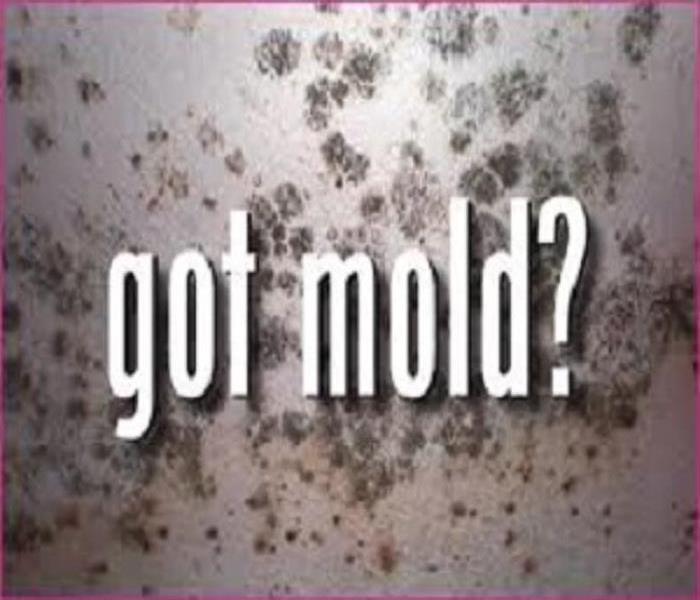Causes of Mold: What Mold Needs to Grow
3/29/2018 (Permalink)
We have all had mold in our homes at one time or another. However, the mold most of us experience occurs on a loaf of bread and is not hazardous to our health. There are other types of household mold, and while they may be less common, they are much more dangerous. This article will cover the different types of mold as well as the common causes of mold.
Mold can’t grow just anywhere. There are several factors that must be in place for mold to grow.
- Mold Spores: Mold spores are everywhere. Most commonly mold spores are brought into the house from an outside source.
- A Food Source: While bread is a common food source for mold other materials in your home are also. Drywall, cotton, and wood can all be a food source for mold.
- Darkness: Ultraviolet light kills mold. Therefore, mold only grows in dark places.
- Warmth: Mold needs warm temperatures to grow. Temperatures below 50 degrees Fahrenheit inhibits mold growth.
- Moisture: Mold needs moisture to grow.
- Time: Mold grows rather slowly, so the last requirement for mold is time.
Of these factors, moisture is the most important. Without moisture, there is no opportunity for mold to grow even if all of the other requirements are met.
Causes of Mold: Humidity
Humidity building up is one of the most common causes of mold. This is especially important to remember in South Florida. The average humidity on a summer day in Florida is over 70%. This high humidity can give mold the moisture level that it needs to grow. Your drywall, floors, and studs absorb the excess moisture in the air. You may notice mold growth after several days of high humidity or rain.
Your air conditioner is your first line of defense against excess humidity in your home. While cooling the air, your air conditioner also removes moisture. If you have an older air conditioner or have an issue with excess humidity, you may want to consider installing a dehumidifier. You could also look into upgrading your air conditioning system. A newer air conditioner will be able to pull more moisture from the air in your home.
Causes of Mold: Leaking Pipes
Another one of the common causes of mold in your home is leaking pipes. Pipes are hidden behind walls, and therefore it is difficult to tell if they are leaking. If you notice walls or ceilings that are wet, you are going to want to have a professional check for leaks in your pipes. Don’t wait until it is too late. A small leak can turn into an expensive problem if it is not taken care of quickly.
Causes of Mold: Leaks in Roof
Leaks in your roof is another one of the common causes of mold. Roofs wear down over time. It is a smart idea to have your roof checked every few years. Having a professional determine problem spots before they turn into leaks can save you a lot of time and money in the long run. If you see spots on your ceilings have your roof checked immediately.
Causes of Mold: Poor Ventilation
Not having enough air flowing through your home can cause stagnant air pockets. These pockets of air often contain more moisture. Poor ventilation in bathrooms is on of the most common causes of mold. Moisture and condensation build up while you are taking a shower and absorbs into your walls. If your bathroom vent isn’t sufficient enough, or if you don’t have one at all, you may want to consider installing a new vent. Just having a vent is often enough to make sure that your bathroom isn’t overrun by mold.
Causes of Mold: Flooding
This one seems fairly obvious. Whether your water heater breaks or extreme weather causes your house to flood you should have a professional clean up crew take care of the problem. Leaving behind even a small amount of water can cause future mold growth. The cleanup process may involve removing baseboards, drywall, and carpet. While this all may seem like too much, it isn’t. Leaving moisture behind is a serious health risk to you and your family.



 24/7 Emergency Service
24/7 Emergency Service
